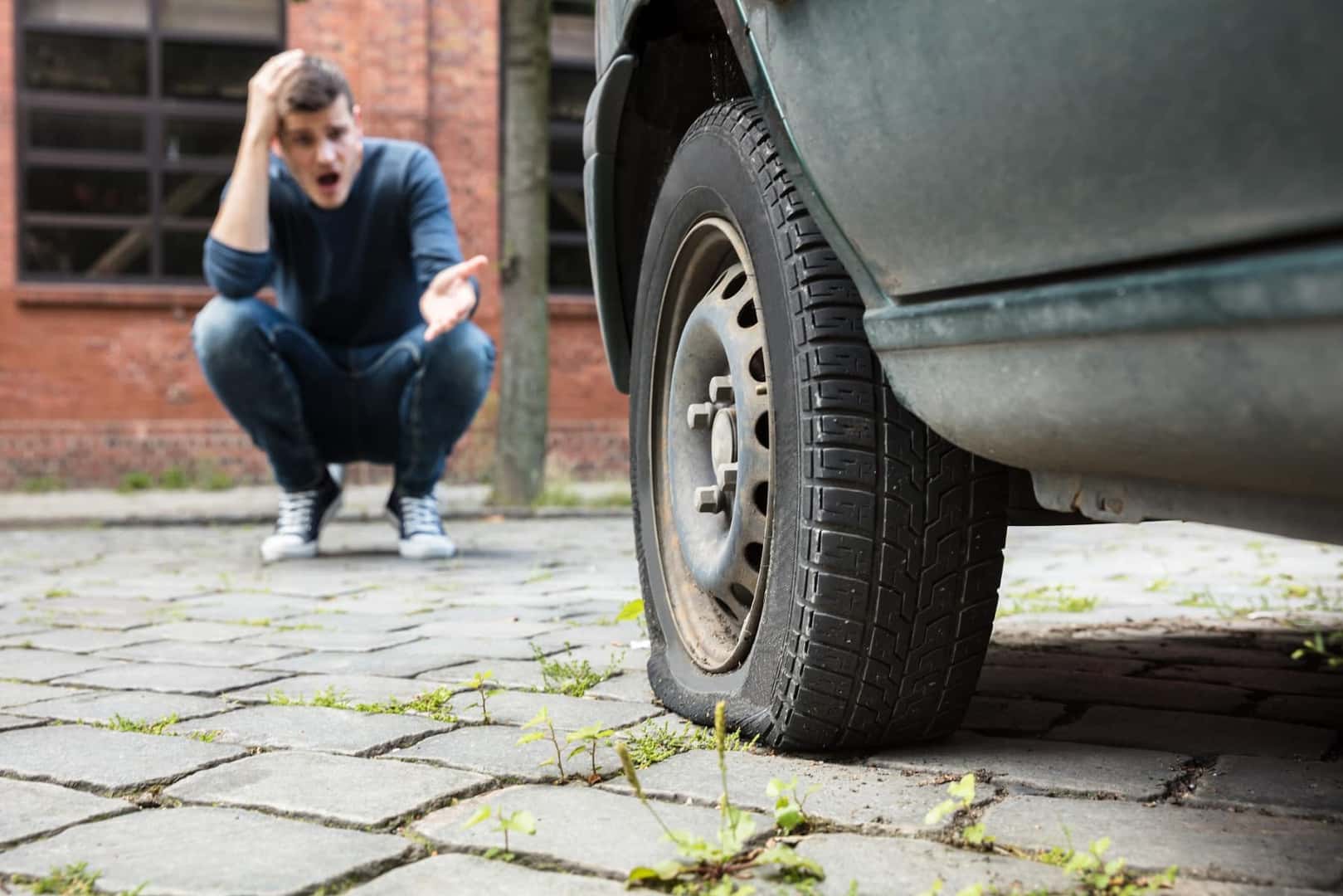Reliable sources of information about What Happens If I Drive With Low Tire Pressure, all presented in this article for you.

What Happens If I Drive with Low Tire Pressure?
I was driving home from work one night when I felt my car start to pull to the right. I immediately pulled over to check my tires, and sure enough, my front right tire was low on air. I filled it up at the nearest gas station and continued on my way, but I couldn’t help but wonder what would have happened if I had kept driving with low tire pressure.
Low tire pressure can cause a number of problems, including:
- Reduced traction: When your tires are underinflated, they have less contact with the road, which can reduce your traction and make it more difficult to control your car.
- Increased fuel consumption: Underinflated tires can also increase your fuel consumption because your car has to work harder to roll.
- Premature tire wear: Low tire pressure can cause your tires to wear out prematurely because they are not able to properly absorb road shocks.
- Tire blowouts: In severe cases, low tire pressure can lead to tire blowouts, which can be dangerous and cause serious accidents.
What Causes Low Tire Pressure?
There are a number of things that can cause low tire pressure, including:
- Slow leaks: Small punctures or holes in your tires can cause them to slowly leak air.
- Sudden punctures: Large punctures or cuts in your tires can cause them to lose air quickly.
- Temperature changes: The air pressure in your tires can change as the temperature changes. When the temperature drops, the air pressure in your tires will also drop.
- Valve stem leaks: The valve stem is the part of your tire that allows you to add air. If the valve stem is damaged or leaking, it can cause your tire to lose air.
How to Check Your Tire Pressure
It is important to check your tire pressure regularly, especially before long trips. You can check your tire pressure using a tire pressure gauge. Tire pressure gauges are available at most auto parts stores and gas stations.
To check your tire pressure:
- Remove the valve cap from your tire.
- Insert the tire pressure gauge into the valve stem.
- Read the pressure gauge.
- Compare the pressure reading to the recommended tire pressure for your car.
- Add air to your tire if necessary.
The recommended tire pressure for your car can be found on the sticker on the driver’s side door jamb.
Tips for Maintaining Proper Tire Pressure
Here are a few tips for maintaining proper tire pressure:
- Check your tire pressure regularly, especially before long trips.
- Add air to your tires as needed.
- Avoid driving on underinflated tires.
- Get your tires inspected by a qualified mechanic if you suspect that they are leaking air.
- Replace your tires when they are worn out.
FAQ
Q: What is the recommended tire pressure for my car?
A: The recommended tire pressure for your car can be found on the sticker on the driver’s side door jamb.
Q: How often should I check my tire pressure?
A: It is important to check your tire pressure regularly, especially before long trips.
Q: What should I do if my tire pressure is low?
A: If your tire pressure is low, you should add air to your tire as soon as possible.
Q: Can I drive on underinflated tires?
A: It is not recommended to drive on underinflated tires. Underinflated tires can cause a number of problems, including reduced traction, increased fuel consumption, premature tire wear, and tire blowouts.
Q: How can I prevent my tires from losing air?
A: There are a few things you can do to prevent your tires from losing air, including:
- Check your tire pressure regularly.
- Add air to your tires as needed.
- Avoid driving on underinflated tires.
- Get your tires inspected by a qualified mechanic if you suspect that they are leaking air.
- Replace your tires when they are worn out.
Conclusion
Low tire pressure can cause a number of problems, so it is important to check your tire pressure regularly and maintain proper tire pressure. By following the tips and advice in this article, you can help to keep your tires in good condition and avoid the dangers of driving on underinflated tires.
Are you interested in learning more about tire pressure? Leave a comment below and I will be happy to answer your questions.

Image: farmtario.com
You have read an article about What Happens If I Drive With Low Tire Pressure. Thank you for visiting our website and taking the time to read. We hope you benefit from What Happens If I Drive With Low Tire Pressure.